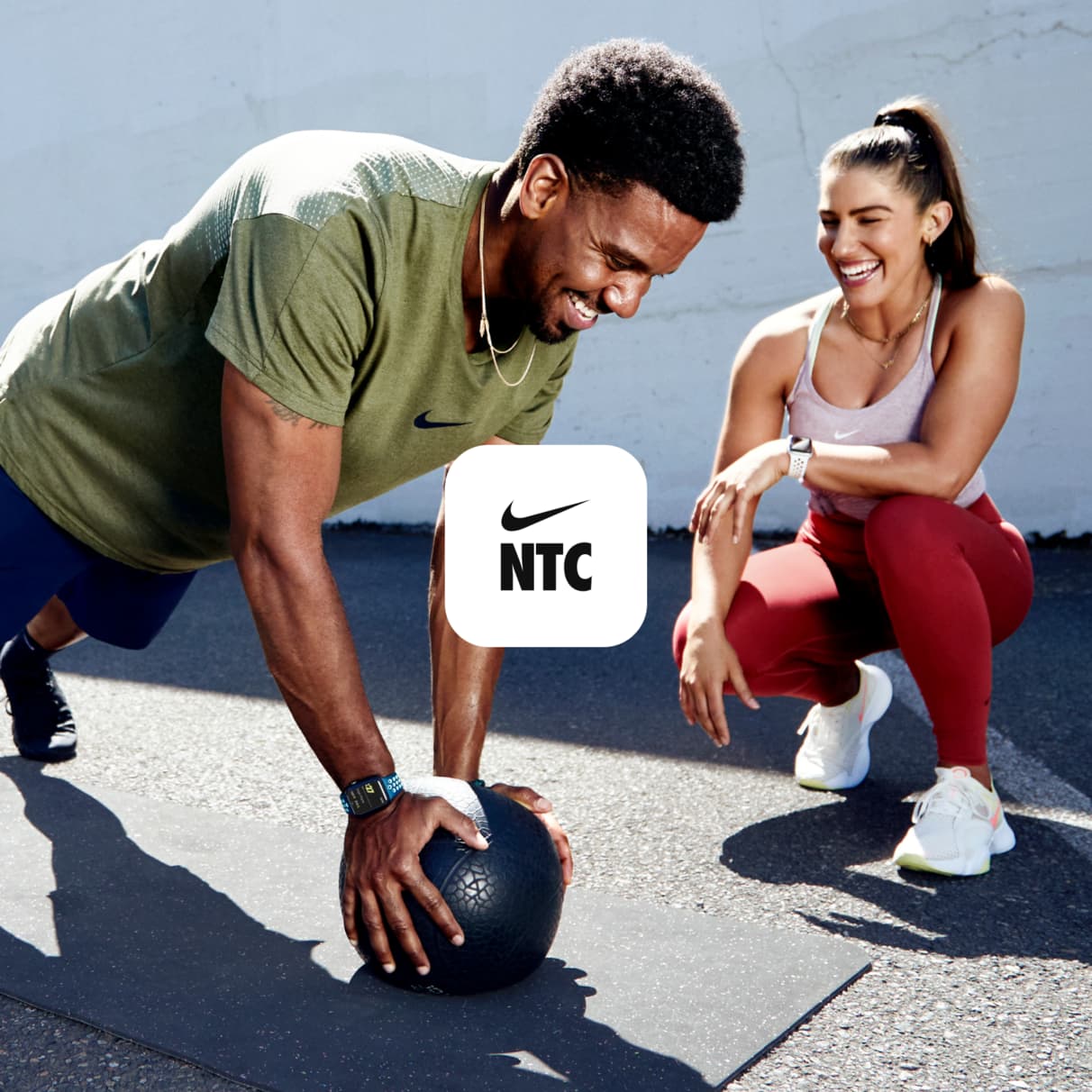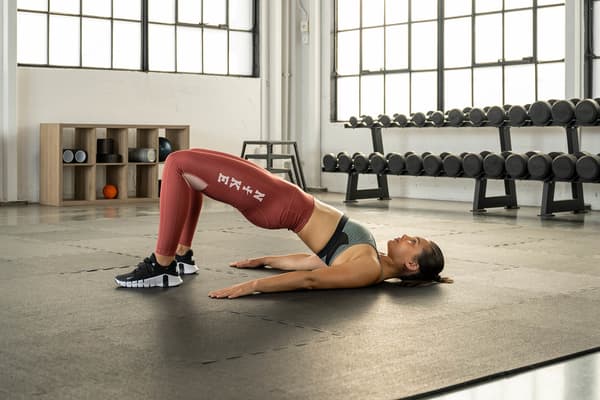What Muscles Do Diamond Push-Ups Work—And How Do You Do Them?
Sport & Activity
The diamond push-up is a variation of the popular exercise that targets the triceps. Here's how to do diamond push-ups with proper form to work the intended muscles.

Diamond push-ups, a bodyweight exercise you can do almost anywhere, are an advanced variation of the traditional push-up, which emphasises different muscle groups by changing body positioning.
"The difference is in your hand positioning", explained Paul Longworth, ATC, CSCS. "In a diamond push-up, you touch your thumbs and index fingers together to make a diamond shape directly in front of the centre of your chest".
This difference may seem subtle, but it changes the weight distribution of the press. Diamond push-ups recruit smaller muscles, generally making the movement more difficult.
"They're an excellent tool for the exercise toolkit once you've mastered your standard push-up", said Geoffrey Blake, an ATG-certified coach in Kahului, Hawaii. "Mastering different variations of an exercise provides variety. Variety keeps things fresh on our strength and health journey".
What Muscles Do Diamond Push-Ups Work?
"Diamond push-ups engage the triceps more than a standard push-up", Blake said. "The narrow hand placement puts more load on the arms instead of the chest".
Longworth explained that diamond push-ups are a "perfect fit for someone looking to gain triceps strength with callisthenic movements". It's not all triceps, though. Just like with traditional push-ups, your pecs, deltoids and core will also be working. To get the most out of diamond push-ups, focus on form.
"Every muscle you engage when you brace for a rock-solid plank contributes to executing great reps", Blake said. "These include your quads, abs, upper back and glutes".
Benefits of Diamond Push-Ups
The benefits of push-ups are plentiful, but the best thing about diamond push-ups—and bodyweight exercises in general—is that you can do them almost anywhere, regardless of whether you have access to gym equipment. They're also versatile.
RELATED: 3 Simple Tips for an At-Home HIIT Workout
"Athletes can use diamond push-ups for muscular size, endurance and strength", Blake explained. Determine what your fitness goals are, then adjust the variation (more on that below) and rep range accordingly. More reps will help you build muscular endurance, while lower volume and more challenging variations will help build strength.
How to Do a Diamond Push-Up
- To do a diamond push-up, get into a solid plank position with your hands directly under your shoulders. Make sure your shoulders, hips and heels are in line.
"When [you] set up for a plank, I think about creating the rigidity of a board", Blake described. Check to make sure you brace your core, glutes and quads to maintain your plank position.
- "From there, walk your hands together so that your thumbs and index fingers touch to make a diamond shape", Longworth explained. This is the top position. "Looking from the side, your hands will be under your chest, and your shoulders will be in front of your hands", said Blake.
- "Keeping your arms tight against your sides, bend your elbows to lower yourself down until your hands meet the centre of your chest at sternum level", Longworth said. This is the bottom position.
- Then, "press up, breathing out forcefully as you ascend", Blake said. As you press away from the ground to return to the top position, remember to keep your elbows tight against your ribcage.
Diamond Push-Up Variations
"This movement is accessible to most people if they start at the right progression or regression", Blake explained. So if the standard diamond push-up feels too hard or too easy, you can modify it.
For a less challenging variation, try an incline diamond push-up. Start with your hands elevated on a surface like the back of a couch, bench or table. "Anything that is solid", Blake said. "The higher [the angle], the easier [it is]". Kneeling diamond push-ups are a great option, as well, just make sure your shoulders, hips and knees are all in line and your core is engaged.
"To make diamond push-ups more challenging, you can slow down the tempo of the movement", Blake said. For example, lower for three seconds, spend one second hovering with your chest above your hands, then push back up for three seconds.
Alternatively, you could add resistance with a weighted vest, resistance band or a weight plate on your back. "These are suitable progressions when you've nailed the movement", Blake explained. If your form wavers, return to an easier variation.
Words by Hannah Singleton

























